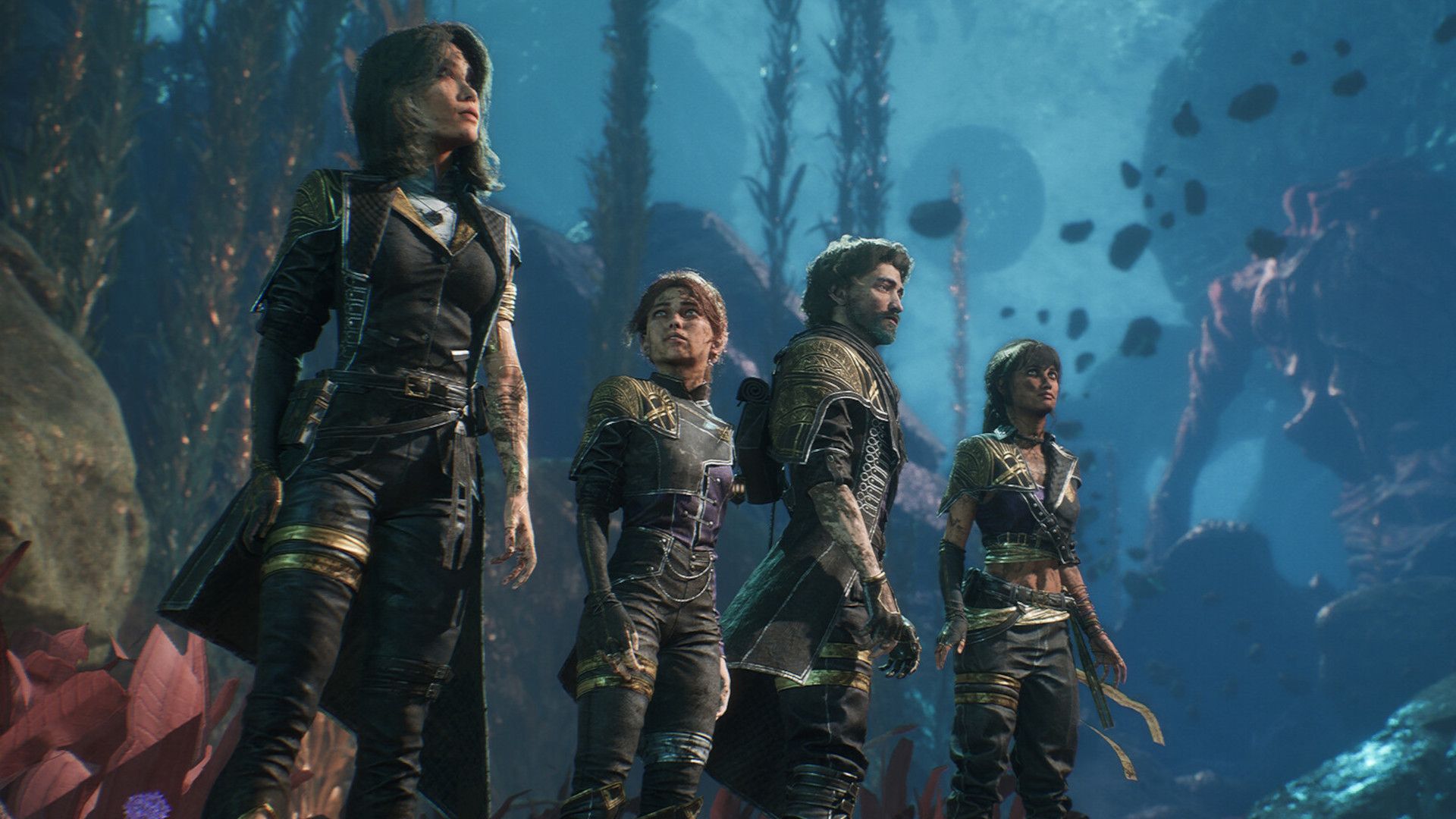One of the perfect issues about Ghost of Tsushima is the way it strips again the HUD throughout exploration.
Beautifully-rendered landscapes stretch out, begging to be explored. Place a waypoint in your map and swipe your PS4 controller’s touchscreen as much as ship a gust of wind into movement, inflicting nature round you to bend and twist, pointing the best way to your goal. It means that you can absorb and recognize the craftsmanship developer Sucker Punch put into its environmental artwork.
Red Dead Redemption 2 affords a extra old-school technique of navigation, although it really works in the very same means. You deliver up your map and also you place down a marker. But as a substitute of providing a diegetic interface answer just like the in-universe wind, you comply with a purple line on a minimap within the nook of your display.
One game has you watching a map as you journey, whereas the opposite enables you to preserve your eyes on the street forward. So why is it that I can bear in mind Red Dead Redemption 2’s world way more vividly?
Part of it’s all the way down to the map design itself. Red Dead Redemption 2 is peppered with landmarks. Train strains flow into via the world like arteries. Lonely timber mark distant hills. Dirt roads loop and intertwine with riverbeds and canyons. Every city you go to has its personal character, and so do the biomes that encompass them. I can hint a path in my thoughts from the arid west to the commercial east of Rockstar’s map.
When I take into consideration Tsushima’s world, I see spectacular imagery – huge golden forests, vibrant springs, fireflies dancing round lonely graveyards – however I can’t image the place any of it’s in relation to the rest. The solely elements of the map I can image the exact location of in my thoughts are the chokepoints – these synthetic necks that separate the map and cut up the story into acts.
It isn’t only a lack of identifiable landmarks that orient the participant, although. It’s a scarcity of memorable issues to seek out. There are foxes to comply with that lead you to shrines. There are scorching spring baths. There are damaged shrines to climb. There are sheathes and hats dotted round, often discovered by following a tropical chicken. There are Mongol camps to liberate.
Now take into consideration all of the distinctive issues hidden round Red Dead Redemption 2’s map. In the woods you would possibly open a cabin door and be greeted with the sight of an obvious bloodbath. Only it isn’t. Look up and also you’ll see a gap in a roof. Look down and also you’ll see the stays of a comet among the many scattered physique elements. Elsewhere there are haunted woodlands, magic mirrors, archeological websites, UFO encounters, serial killer mysteries, vampires stalking the streets of Saint Denis, and dozens extra.
Not a single area is wasted and it took gamers months to uncover all the game’s secrets and techniques. I’m already seeing individuals saying they’ve obtained the Platinum Trophy in Tsushima – all the roles ticked off, nothing left to find. Outside of the tracked facet content material, each constructing in Red Dead Redemption 2 has its personal story. Then there are the tales you make for your self whereas venturing out.
In Ghost of Tsushima that story is all the time the identical: I fought some enemies and pulled off a cool combo. Yes, you would possibly really feel badass for launching from horseback, dropping a smoke grenade mid-air, and gutting three Mongols in a single clean movement, but it surely’s an motion story advised on repeat. Vistas are an unquestionable deal with and the game is beautiful, however there’s barely something that surprises.
Red Dead Redemption 2 solves this drawback with random encounters. Scripted as they might be, they breathe life into the world, and so they’re different sufficient that they not often repeat. If you hop into the Red Dead Redemption 2 subreddit, you’ll nonetheless see individuals uncovering thrilling moments for the primary time, like how you can stare down bears to prevent them from attacking. It’s a world the place it seems like something can occur, the place you probe for the sake of exploration and to not fill a guidelines of issues.
Ghost of Tsushima bought itself on how alive its world feels: marvel at how every little thing dances within the wind; look in amazement because the leaves rain down. But regardless of how a lot it makes an attempt to simulate nature, its world feels unnatural. It’s a to-do record.
Another game that nailed the sense of discovery in the same option to Red Dead Redemption 2 is Legend of Zelda: Breath of the Wild. That’s a game Ghost of Tsushima retains getting favourably in comparison with due to that one press shot of the hero standing on a cliff edge, digital camera pulled proper again, the panorama stretching out. Once you’ve finished the tutorial in Breath of the Wild, that’s how the world is offered to you. It begs you to dive proper in – actually – by leaping off and gliding down into that expanse of rolling inexperienced.
The distinction is its sense of discoverability and the reactivity of its world. It seems like you’re a part of it. Stand on a desk whereas speaking to an NPC and so they would possibly observe that it’s a little bit of a wierd option to talk. Notice an misplaced rock and jostle it into place and also you’ll be rewarded in your curiosity. Each of the little puzzles and interactions on this planet are distinctive, and that retains you engaged.
Ghost of Tsushima’s wind-based navigation guarantees one thing it by no means delivers. The promise to go wherever the wind takes you is scrumptious – it’s only a disgrace it all the time takes you to a Mongol camp, a fox, or a hat.





